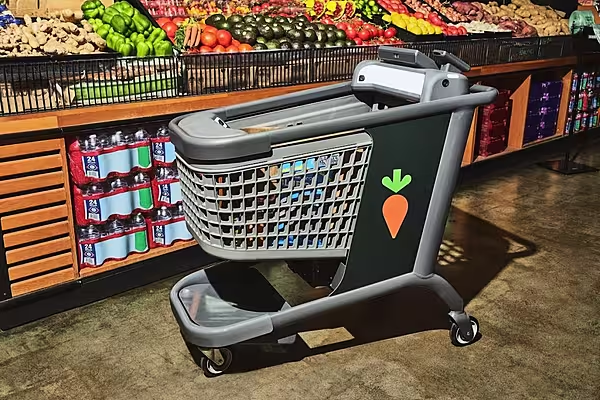As the United States marks the 4th of July, a recent study found that the retail industry is the largest private-sector employer in the U.S., contributing $5.3 trillion (€4.91 trillion) to the country's annual GDP and supporting more than one in four jobs.
The Economic Contribution of the U.S. Retail Industry report, conducted by PwC for the National Retail Federation (NRF), examines the industry's economic impact, including direct, indirect, and induced contributions.
It found that in 2022, the industry supported 55 million full-time and part-time jobs, accounting for 26.0% of total US employment. The total labour income contribution was $3.0 trillion (€2.78 trillion), or 20.0% of national labour income, while the total GDP contribution ($5.3 trillion) accounted for 20.4% of U.S. GDP.
Retail Store Count
As of 2022, there were nearly 4.6 million retail establishments in the United States. These businesses accounted for 11.1% of all business establishments and directly provided 32.2 million jobs.
Most U.S. retail businesses are small, the report found, with 98.6% of firms having fewer than 50 employees in 2022.
These small firms accounted for 40.1% of retail jobs and 35.6% of total labour income. However, larger firms with 50 or more employees accounted for 59.9% of employment and 64.4% of labour income in the industry.
In terms of store count on a state-by-state basis, the total number of retail establishments ranged from 7,924 in the District of Columbia to 514,941 in California in 2022. The top 15 states in terms of retail establishments were California, Texas, Florida, New York, Georgia, Pennsylvania, Illinois, Ohio, North Carolina, Michigan, New Jersey, Virginia, Tennessee, Massachusetts, and Washington.
Combined, these states accounted for 67% of the total retail establishments in the country in 2022, the NRF and PwC said.
Impact Of Inflation
Last month, data published by the U.S. government found that groceries account for approximately 8% of the typical American citizen's spend, and while grocery prices are high relative to before the pandemic, an increase in wages has lessened the burden on shoppers.
It noted that 27% products in the typical grocery basket have seen a price decline in the past year, with the likes of Walmart, Target, Aldi, Amazon and Walgreens recently announcing price cuts.
'As President Biden repeatedly says, families are still struggling with high prices, which is why we continue to push for lower costs in all the components of family budgets, including housing, health care, child care, and getting rid of junk fees,' the White House commented. 'Of course, grocery prices are high on that list and it is therefore good to see relief coming in that important space.
'However, [...] markups in the grocery sector—the prices charged above operating expenses—rose after COVID and have remained high whereas other retailers’ margins have reverted back down to pre-pandemic levels. As the economy continues to normalise after COVID, there is still room for margins in this sector to recede, and for those lower markups to be passed along to consumers in the form of further grocery price relief for American households.'














